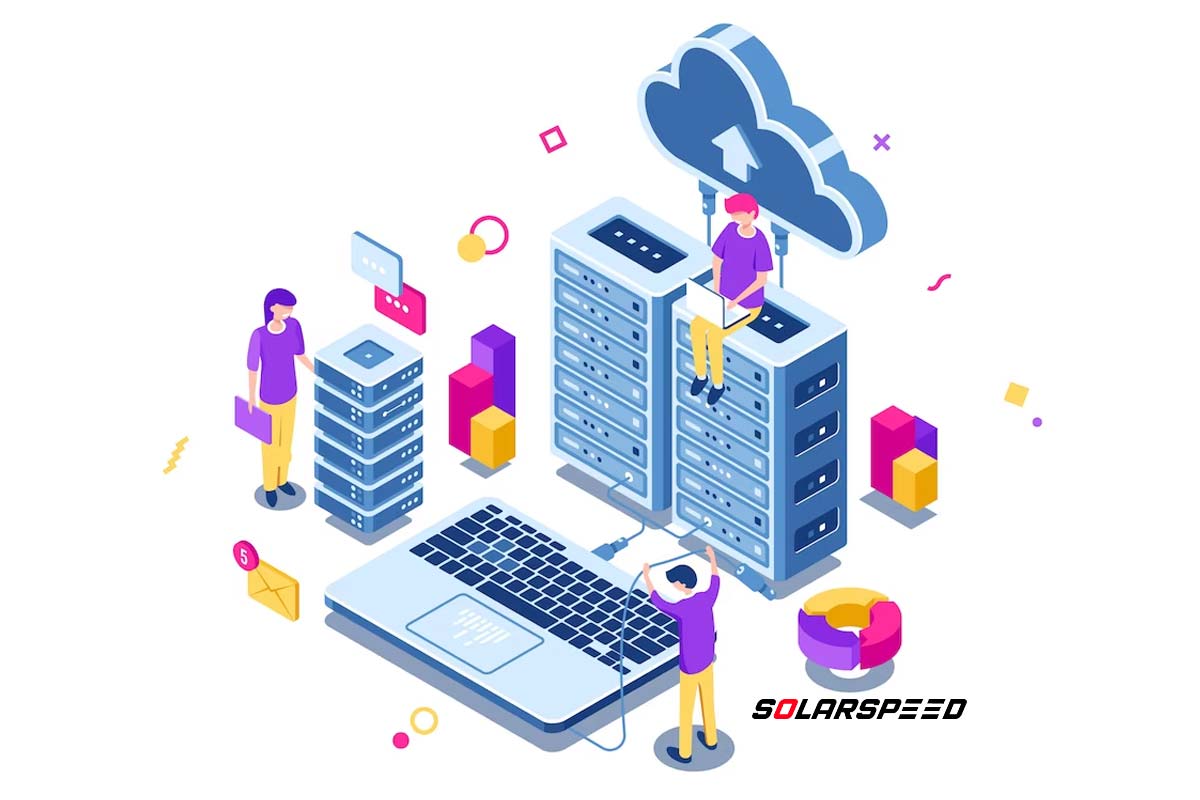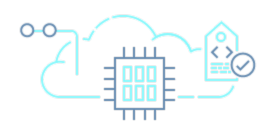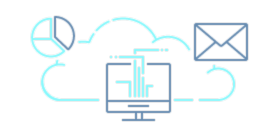
What Is Cloud Computing? Here’s The Explanation with Best Examples
Cloud computing is being utilized by organizations across various sectors, regardless of their scale or nature, for diverse purposes. These include safeguarding data, preparing for emergencies, managing email services, creating virtual workspaces, conducting software development and testing, analyzing large volumes of data, and developing web applications for customer interaction.
To illustrate, healthcare firms leverage cloud technology to devise customized treatment plans for individuals, while financial institutions rely on the cloud to enable real-time identification and prevention of fraudulent activities. Similarly, video game developers employ cloud infrastructure to distribute online games to a global audience of millions.
Types of Cloud Computing Services
There are three primary categories of cloud computing: Infrastructure as a Service (IaaS), Platform as a Service (PaaS), and Software as a Service (SaaS). Each of these categories offers varying degrees of control, flexibility, and management options, allowing you to choose the appropriate suite of services based on your requirements.

Infrastructure as a Service (IaaS)
IaaS offers instant access to essential computing resources, including physical and virtual servers, networking, and storage, through the internet. Users can pay for these resources as they go, without the need for large upfront investments or maintaining infrastructure on their premises.
With IaaS, users have the flexibility to adjust the amount of resources they need based on demand, eliminating the need to over-purchase resources to accommodate occasional spikes in usage. Unlike SaaS and PaaS, and even newer models like containers and serverless computing, IaaS provides users with the most granular control over cloud-based computing resources.

Platform as a Service (PaaS)
PaaS offers software developers a flexible and cost-effective solution by providing them with an on-demand platform that includes hardware, a comprehensive software stack, infrastructure, and development tools. This eliminates the need for developers to bear the expenses, complications, and limitations associated with maintaining such a platform on their premises.
When utilizing PaaS, the cloud provider takes care of hosting all the essential components, such as servers, networks, storage, operating system software, middleware, and databases, at their own data center. Developers can effortlessly select the required servers and environments from a menu to quickly set up, develop, test, deploy, manage, update, and scale their applications.

Software as a Service (SaaS)
SaaS, which is also referred to as cloud-based software or cloud applications, refers to application software that is stored and operated in the cloud. Users can access these applications through a web browser, a dedicated desktop client, or an API that connects with a desktop or mobile operating system. Typically, SaaS users are charged a monthly or yearly subscription fee, although some may provide a flexible pricing option where you pay based on your actual usage.
SaaS, which stands for Software-as-a-Service, has become the predominant method of delivering commercial software in today's market. There is a vast array of SaaS solutions to choose from, ranging from specialized applications tailored to specific industries and departments, to robust enterprise software encompassing databases and artificial intelligence technology.
What Describes The Relationship Between Edge Computing and Cloud Computing?
Edge computing and cloud computing are two complementary paradigms in the field of computing.
Cloud Computing
- Cloud computing involves the centralized storage, processing, and management of data and applications on remote servers located in data centers. It offers vast computing resources, scalability, and flexibility, allowing users to access services and data over the Internet. Cloud computing is well-suited for handling large-scale workloads and providing ubiquitous access to resources.
- Cloud computing provides the infrastructure, scalability, and advanced services needed to support edge computing deployments. It serves as a central hub for data storage, complex analytics, machine learning, and other resource-intensive tasks that may not be feasible to perform at the edge due to limited resources or processing capabilities.
Edge Computing
- Edge computing brings computing power closer to the edge of the network, closer to where data is generated or consumed. It involves processing and analyzing data at or near the source, such as IoT devices, sensors, or local servers, instead of sending all the data to a centralized cloud infrastructure. The goal is to reduce latency, enhance real-time processing, and improve efficiency by minimizing the back-and-forth communication with a distant cloud server.
- Edge computing offloads processing tasks from the cloud to the edge, reducing latency and enabling faster response times. It also helps alleviate network congestion by processing data locally and transmitting only relevant or summarized information to the cloud for further analysis or storage.
Overall, edge computing and cloud computing complement each other, with the edge extending the capabilities of the cloud closer to the data source, while the cloud provides the necessary infrastructure and services to support the edge. The combination of these two paradigms enables efficient and intelligent processing of data, taking advantage of the strengths of both approaches.
What Are The Security Risks of Cloud Computing That You Shuould Know?
It’s important to note that cloud providers implement security measures to mitigate these risks, but users also have a responsibility to implement best practices, such as strong access controls, regular security assessments, and data encryption, to enhance the security of their cloud deployments.
Cloud computing involves storing sensitive data on remote servers, making it a potential target for cybercriminals. Data breaches can occur due to weak access controls, vulnerabilities in cloud infrastructure, or insider threats, leading to unauthorized access and theft of data.
Application Programming Interfaces (APIs) allow communication and interaction between different cloud services. If APIs are poorly designed or have security flaws, attackers can exploit them to gain unauthorized access, manipulate data, or launch attacks on other components of the cloud environment.
Inadequate data encryption, both in transit and at rest, can expose sensitive information to unauthorized access. Weak encryption algorithms or misconfigured encryption settings can compromise the confidentiality and integrity of data stored in the cloud.
Cloud computing involves relinquishing control over infrastructure and relying on cloud service providers for security measures. Lack of transparency and control can lead to concerns about data sovereignty, compliance with regulations, and vendor lock-in, compromising governance and compliance requirements.
Cloud services can be targeted with DoS attacks, where a malicious actor floods the system with traffic or resource requests, overwhelming the cloud infrastructure and rendering it inaccessible to legitimate users. DoS attacks can disrupt operations, cause downtime, and impact service availability and performance.
Summary: Relation of Cloud Computing with Content Delivery Network (CDN)
Are you curious about what is cloud computing with CDN solution? Here we will be explaining the relation of cloud computing with the CDN.
While cloud computing refers to the delivery of on-demand computing resources over the internet, CDN is a distributed network of servers that work together to deliver web content to users more efficiently.
CDN utilizes cloud computing technology to optimize content delivery by storing cached copies of websites, images, videos, and other static content on servers located in various geographical locations. When a user requests content, the CDN server closest to the user’s location delivers the cached content, reducing latency and improving overall performance.
In summary, cloud computing provides the infrastructure and resources for CDN to operate effectively, enhancing the delivery speed and reliability of web content to end-users.